if you wanted to navigate to certain fragment (not the star one) in the beginning for some reason, and also you have to graphs for one activity, here is what I suggest:
this method will start activity
companion object {
const val REQUEST_OR_CONFIRM = "request_or_confirm"
const val IS_JUST_VIEW = "IS_JUST_VIEW"
const val MODEL = "model"
fun open(activity: Activity, isRequestOrConfirm: Boolean, isJustView: Boolean = false, model: DataModel? = null) {
val intent = Intent(activity, HostActivity::class.java)
intent.putExtra(REQUEST_OR_CONFIRM, isRequestOrConfirm)
intent.putExtra(IS_JUST_VIEW, isJustView)
intent.putExtra(MODEL, model)
activity.startActivity(intent)
}
}
and then in, onCreate method of Host Activity, first decide which graph to use and then pass the intent extras bundle so the start fragment can decide what to do:
override fun onCreate(savedInstanceState: Bundle?) {
super.onCreate(savedInstanceState)
setContentView(R.layout.activity_purchase_nav)
if (intent.getBooleanExtra(REQUEST_OR_CONFIRM, true)) {
findNavController(R.id.nav_host_fragment).setGraph(R.navigation.nav_first_scenario, intent.extras)
} else {
findNavController(R.id.nav_host_fragment).setGraph(R.navigation.nav_second_scenario, intent.extras)
}
}
and here's how you can decide what to do in start fragment:
if (arguments != null && arguments!!.getBoolean(HostActivity.IS_JUST_VIEW)){
navigateToYourDestinationFrag(arguments!!.getParcelable<DataModel>(HostActivity.MODEL))
}
and then navigate like you would do normally:
private fun navigateToYourDestinationFrag(model: DataModel) {
val action = StartFragmentDirections.actionStartFragmentToOtherFragment(model)
findNavController().navigate(action)
}
here's how your graph might look in case you wanted to jump to the third fragment in the beginning

PS: make sure you will handle back button on the third fragment, here's a solution
UPDATE:
as EpicPandaForce mentioned, you can also start activities using Navigation Components:
to do that, first add the Activity to your existing graph, either by the + icon (which didn't work for me) or by manually adding in the xml:
<activity
android:id="@+id/secondActivity"
tools:layout="@layout/activity_second"
android:name="com.amin.SecondActivity" >
</activity>
you can also add arguments and use them just like you would in a fragment, with navArgs()
<activity
android:id="@+id/secondActivity"
tools:layout="@layout/activity_second"
android:name="com.amin.SecondActivity" >
<argument
android:name="testArgument"
app:argType="string"
android:defaultValue="helloWorld" />
</activity>
in koltin,here's how you would use the argument, First declare args with the type of generated class named after you activity, in this case SecondActivityArgs in top of your activity class:
val args: SecondActivityArgsby by navArgs()
and then you can use it like this:
print(args.testArgument)
